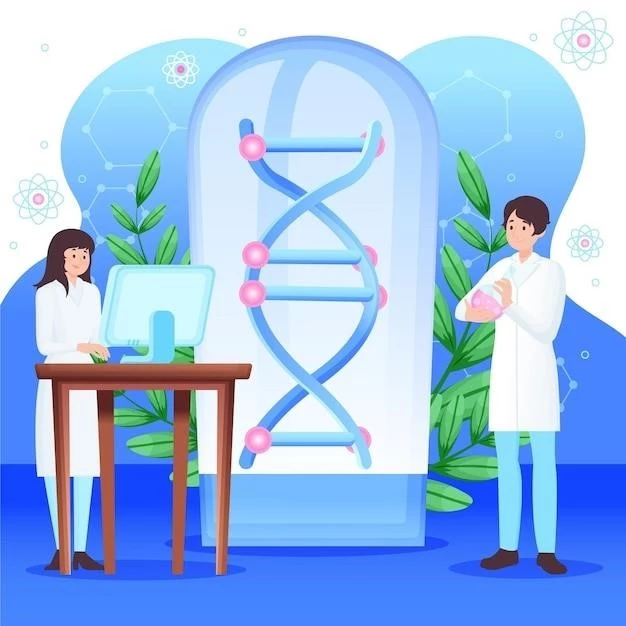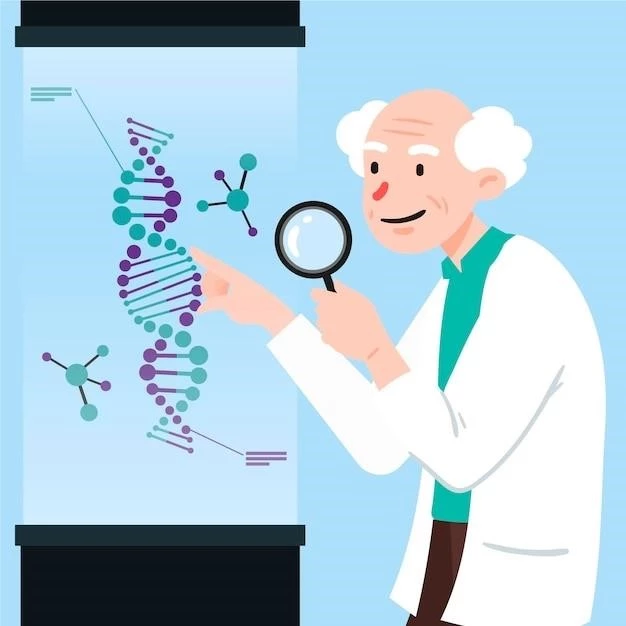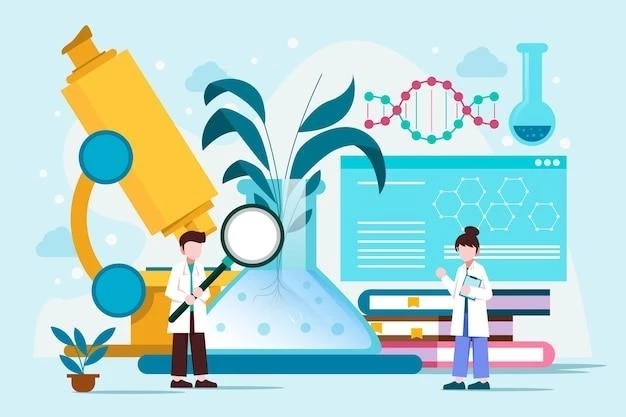Introduction
Ramos-Arroyo Syndrome (RAS) is a very rare genetic disorder characterized by corneal anesthesia, retinal abnormalities, bilateral hearing loss, distinct facies, patent ductus arteriosus, Hirschsprung disease, short stature, and intellectual disability.
Overview of Ramos-Arroyo Syndrome
Ramos-Arroyo Syndrome (RAS) is a rare genetic disorder characterized by corneal anesthesia, retinal abnormalities, bilateral hearing loss, distinct facies, patent ductus arteriosus, Hirschsprung disease, short stature, and intellectual disability. It was first described by Ramos-Arroyo et al. in 1987. Individuals with RAS may also exhibit unusual facial features, including hypertelorism and a flat facial profile. Recent studies have highlighted the importance of corneal neurotization for managing corneal anesthesia in RAS patients. Further research aims to explore the genetic basis and improve diagnostic methods for this complex syndrome.
Clinical Features
Ramos-Arroyo Syndrome presents with corneal anesthesia, retinal abnormalities, bilateral hearing loss, distinct facies, patent ductus arteriosus, Hirschsprung disease, short stature, and intellectual disability. Unique facial features like hypertelorism and a flat facial profile are also common.
Description and Symptoms
Ramos-Arroyo Syndrome is a very rare genetic disorder characterized by corneal anesthesia, retinal abnormalities, bilateral hearing loss, distinct facies, patent ductus arteriosus, Hirschsprung disease, short stature, and intellectual disability. The syndrome also presents with unique facial features like hypertelorism and a flat facial profile. Individuals with RAS may experience corneal neurotrophic keratitis secondary to corneal anesthesia, necessitating specialized treatments such as corneal neurotization. Additionally, the syndrome exhibits a distinct autosomal dominant inheritance pattern.
Diagnosis and Management
Diagnosing Ramos-Arroyo Syndrome involves recognizing corneal anesthesia, hearing loss, distinctive facial features, and other associated symptoms. Management often includes a multidisciplinary approach addressing the various clinical manifestations.
Specialist Referrals and Treatment Options
Patients diagnosed with Ramos-Arroyo Syndrome may require referrals to specialists such as ophthalmologists, otolaryngologists, cardiologists, geneticists, and neurologists for proper management. Treatment options often involve a multidisciplinary approach addressing the distinct clinical features of the syndrome, including corneal anesthesia, retinal abnormalities, hearing loss, and cardiac anomalies.

Genetic Basis
Ramos-Arroyo Syndrome is a rare genetic disorder with an autosomal dominant inheritance pattern. It features corneal anesthesia, retinal abnormalities, hearing loss, distinct facies, and more.
Autosomal Dominant Inheritance
Ramos-Arroyo Syndrome follows an autosomal dominant inheritance pattern, meaning that individuals with a single copy of the mutated gene from an affected parent have a 50% chance of passing the syndrome to their offspring. The gene responsible for this syndrome can be transmitted through generations, resulting in the manifestation of the distinct clinical features associated with the syndrome.
Research and Advances
Ramos-Arroyo Syndrome is a rare genetic disorder with ongoing research focusing on improving diagnostic methods and exploring treatment options to address the complex manifestations of the syndrome. Studies also aim to enhance understanding of the genetic basis of the condition.
Current Studies and Future Prospects
Ongoing research on Ramos-Arroyo Syndrome aims to enhance diagnostic methods, explore potential treatment avenues, and further unravel the genetic underpinnings of this complex disorder. Studies also focus on improving management strategies to address the varied clinical manifestations associated with the syndrome, providing hope for improved outcomes and quality of life for affected individuals in the future.

Support and Resources
Disease-specific communities, advocacy groups, and support organizations offer valuable assistance for individuals and families affected by Ramos-Arroyo syndrome. Seeking support from these communities can provide crucial information and emotional support.
Communities and Advocacy Groups
Supportive communities and advocacy groups play a vital role in providing resources, information, and emotional support for individuals and families affected by Ramos-Arroyo Syndrome. Connecting with these groups can offer valuable guidance and solidarity in navigating the challenges posed by the rare genetic disorder.
